Rhaphidophora pachyphylla is a rare, aggressive shingling liana with narrowly oval to elliptic stiff, leathery green leaves native to New Guinea. Unlike other Rhaphidophora species, its juvenile leaves don’t change, i.e., it doesn’t get larger split or fenestrated leaves.
Get insight into R. pachyphylla, including appearance (leaves, stems, and flowers), growing habits, and care (watering, best soil, light, pruning, repotting, fertilizer, etc. We will also look at some issues you may have and find this lovely tropical plant on sale, Etsy.com being one of them.
Last but not least, since it resembles Rhaphidophora hayi in the juvenile form, we will also tell you how to differentiate these two plants easily.
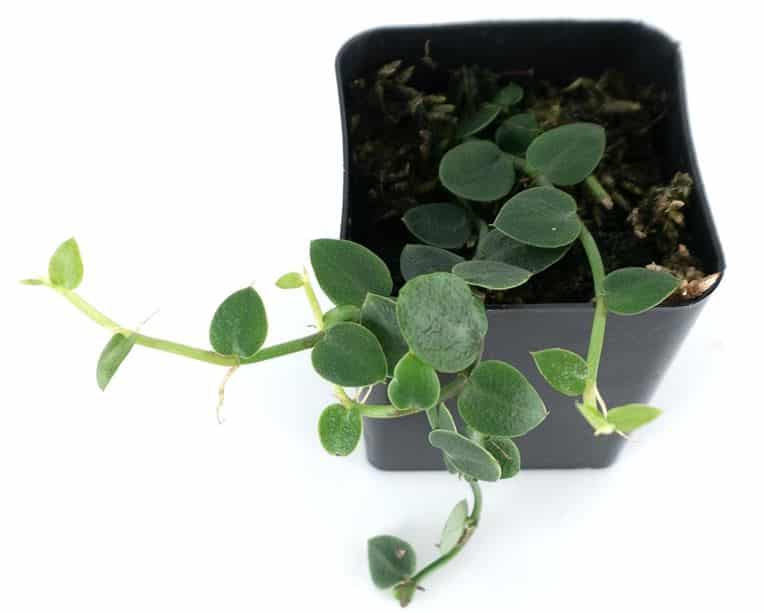
Contents
- Overview
- 1. Growing habits
- 2. Growth rate and size
- 3. Leaves
- 4. Stems
- 5. Flowers
- Rhaphidophora pachyphylla vs. Rhaphidophora hayi
- Rhaphidophora pachyphylla care
- To stake or not?
- Rhaphidophora pachyphylla propagation
- Common problems
- 1. Pests
- 2. Diseases
- 3. Leaf discoloration
- 4. Leaves curling and the plant drooping
- Where to find Rhaphidophora pachyphylla on sale
- What is the Rhaphidophora pachyphylla price?
Overview
- Scientific name: Rhaphidophora pachyphylla
- Tribe: Monstereae
- Family: Araceae (arum family or aroids)
- Native habitat: New Guinea
- Toxicity: Toxic to humans, cats, dogs, and other pets because it has insoluble calcium oxalate. Chewing the plant will cause severe oral irritation, redness, and swelling. More signs are drooling, difficulties in swallowing, drooling, and pets may paw their mouth.
- Care level: Easy
1. Growing habits
Rhaphidophora pachyphylla is a medium to large shingling liana native to New Guinea. Its seedling stage grows towards the light (non-skototropic), juvenile shingles, and the adult doesn’t show much change in appearance. If given a place to climb, it shingles, and if not, leaves will spread a bit.
R. pachyphylla occurs in lowland monsoon and forests and montane at altitudes of 65-98 feet and 7808 feet, respectively.
2. Growth rate and size
Rhaphidophora pachyphylla is an aggressive shingling plant with a fast growth rate. In the wild, it can grow up to 16 feet long. But as a houseplant, it is unlikely to go beyond 6 to 8 feet. Also, you should give it a place to climb if you want larger, shingling leaves.
3. Leaves
Rhaphidophora pachyphylla has shingling narrowly oval-elliptic, stiffly leathery green leaves. Their base is acute to wedge-shaped, while the apex is acute with a short tube-like end.
Their deeply grooved petiole is smooth with prominent upper and bottom genicula (knee-like bent). Also, the unequal, membrane-like petiolar sheath with a ligule is prominent but soon degrades, leaving behind weak fibers that also fall.
4. Stems
Stems are medium green, smooth, rectangular-terete with the longest side convex and look woody as they age. They usually don’t have cataphyll, petiolar sheath, or prophyll fiber. But flowering stems may have some parchment-like remnants.
These stems have short internodes (1.2-inches long) and prominent straight scars at the internodes.
Last but not least, R. pachyphylla doesn’t have feeding roots (those sent to the ground) or flagellate foraging stems (stolon-like with cataphylls). But has anchoring ones that sparsely grow on the internode and have hairs.
5. Flowers
Rhaphidophora pachyphylla has a solitary inflorescence subtended by a leaf (fully-developed) and membrane-like prophyll that degrades shortly afterward.
The spadix has tiny yellow inflorescence flowers surrounded by a stiff, broadly canoe-shaped yellow spathe. The spathe falls after the flower opens (anthesis), leaving a large scar at the spadix base.
Rhaphidophora pachyphylla vs. Rhaphidophora hayi
These two species resemble each other, and some people often confuse them. However, you can easily distinguish them by looking at their flowering and foraging shoots and a few other things.
Rhaphidophora hayi have free disarticulating side shoots (for vegetative propagation) and may have foraging shoots. Also, their flowering shoot leaves have a broader, truncate base, and the stigma form is different.
On the other hand, R. pachyphylla never has foraging shoots or disarticulating side shoots. Only the Rhaphidophora cryptantha has disarticulating side shoots
Rhaphidophora pachyphylla care
Caring for this plant is easy if you have any Rhaphidophora species like Rhaphidophora tetrasperma, decursiva, pertusa, tenuis, hayi, cryptantha, korthalsii, etc., their care needs are similar.
Here are the Rhaphidophora pachyphylla care needs and growth requirements
- USDA hardiness zone: At least 11, i.e.,+40 °F (4.4 °C) to +45 °F (7.2 °C) or above. Not frost-hardy and can’t stand freezing conditions.
- Humidity: They love humidity. So, keep it at about 50% or more. If low, mist your plant, have a pebble tray, move to humid rooms like the bathroom or use a humidifier like LEVOIT Humidifiers Top Fill, 6 Liter, Cool Mist (good for large rooms).
- Temperature: 55-85 °F (12.8-29°). Avoid sudden change, cold drafts, heat stress, or areas near air conditioning or room heating vent.
- Light: They need bright, indirect light for about 12 hours. Avoid direct sun, and if your house isn’t well lit, a grow light will help.
- Best soil: Use a slightly acidic (pH 6.1-6.5), airy or chunky, well-drained potting mix high in organic matter. Make yours or buy an aroid mix from Etsy.com.
- Watering: Deeply water your plant when the top 1-2 inches of the soil feels dry – usually 3-7 days in summer or spring and biweekly in fall or winter. But always feel the potting mix as water needs vary with conditions and other factors.
- Fertilizer: Feed your plant monthly in spring and summer only with an all-purpose, balanced, liquid houseplant fertilizer at half recommended strength. I ¼ a teaspoon of Bonide Liquid Plant Food 10-10-10 per quart of water and feed once a month.
- Pruning: Remove diseased, damaged, or dead leaves routinely, and in early spring, cut a few stems to control growth, shape, or size with sterilized gardening shears.
- Repotting: Do it yearly or if rootbound. Use a pot a few inches wider in diameter.
To stake or not?
Staking your plant or not is debatable. But we strongly recommend that you give your R. pachyphylla a flat board, burlap-wrapped or moss pole, or any other climbing surface. Remember, this is a shingling liana that loves climbing even in nature.
Not everyone will agree with the idea, as some prefer hanging baskets or draping them onto a cabinet, shelf or tabletop. We find such plants leggy, and we don’t think this is the best plant for hanging baskets. But if you make it bushy, it may still look good.
Rhaphidophora pachyphylla propagation
Rhaphidophora pachyphylla propagation is by stem cutting in water or soil. But you can use seeds or air layering. But seeds are rare, and as a shingling plant, air-layered branches will look unsightly.
The best time to propagate this or any of your houseplants is in spring or early summer. Why? It will give your plant enough time to root and establish before the non-growing season.
The actual stems are the same as those you follow in any Rhaphidophora species. Just ensure you use a stem cutting with at least a node. Otherwise, aerial roots, leaves, or stems without nodes will not successfully propagate this plant.
Common problems
As you earnestly care for your plant, it may have a few issues, especially leaf discoloration. Also, pests and diseases may occur, and your plant may droop or curl leaves.
1. Pests
If grown indoors, pests are uncommon but may occur. Common pests are spider mites, scale insects, and thrips. But your plant may also have mealybugs, whiteflies, and aphids.
These bugs will appear as tiny bumps, dots, spots, or things. Some like thrips fly. Others have waxy bodies like scale insects.
Signs to expect will depend on the bug present. Look for things like honeydew, sooty mold, webbing, silvery stippling or black, and whitish, brown, or yellow spots.
The best way to deal with pests is using horticultural spray oils, neem oil like Bonide Ready to Use Neem Oil,, or insecticidal soaps.
2. Diseases
Keeping your plants healthy, proper sanitation and watering plants correctly can avoid diseases, including root rot.
Bacterial leaf spots will cause brown to black water-soaked lesions with a yellow halo. Discard such plants. There is no cure.
On the other hand, fungal leaf spots, blights, or rusts are treatable with fungicide. They similarly cause lesions of leaves or stems but are not water-soaked.
Lastly, root rot will result in yellow leaves, wilting, mushy stem base, mushy potting mix, black or brown mushy roots, etc. If the whole root ball isn’t affected, repot your plant to a new potting mix after cutting off decayed sections and applying a fungicide.
3. Leaf discoloration
Do your Rhaphidophora pachyphylla leaves turn yellow, black, or brown, including brown tips and edges? Here are possible reasons.
1. Yellow leaves
The most likely cause is overwatering, and lower leaves will turn yellow first. Nonetheless, it may be other causes like too little light, too much light, underwatering, low humidity, etc.
2. Brown tips, edges, or leaves turning brown
Leaves with brown tips, borders, or patches are a sign of leaf scorch. The most likely causes are low humidity, too much light, and heat stress. It rarely is fertilizer burns. But if you repotted your plant, it is a possible cause.
On the other hand, cold drafts can cause leaves to turn brown, while brown spots indicate pests or disease.
3. Leaves turning black or having black spots
Black spots are a sign of pests and disease. But if you see black or brown splotches, it may indicate you are overwatering your plant or cold drafts.
4. Leaves curling and the plant drooping
Leaves curling and your plant drooping have similar causes. They include underwatering, low humidity, heat stress, or too much light.
Leaves curl to prevent moisture loss or protect themselves from the sun and droop if they don’t have enough water to keep their cells turgid.
Other possible causes include repotting (transplant shock), rootbound, root rot, fertilizer burns, etc.
Where to find Rhaphidophora pachyphylla on sale
Rhaphidophora pachyphylla is a rare plant you are unlikely to see in your local nurseries. Big box stores don’t have it too.
To get them, go to Etsy.com or eBay. People outside the US can still buy from these sites, including those in the UK, Canada, Australia, New Zealand, Sweden, Germany, etc.
The other place is social media, especially Facebook and Instagram. It has many vendors, and you should those near you or can ship. Also, ensure they are authentic vendors.
Other sites to try include Steve’s Leaves, Josh Frogs, and Frog Daddy.
If you haven’t found this plant yet, try googling “Rhaphidophora pachyphylla for sale” to see if you will find vendors near you.
What is the Rhaphidophora pachyphylla price?
While not readily available, this plant isn’t expensive. The Rhaphidophora pachyphylla price is $10 to $25. The only challenge is getting a vendor. Why? Because not many people know this plant.

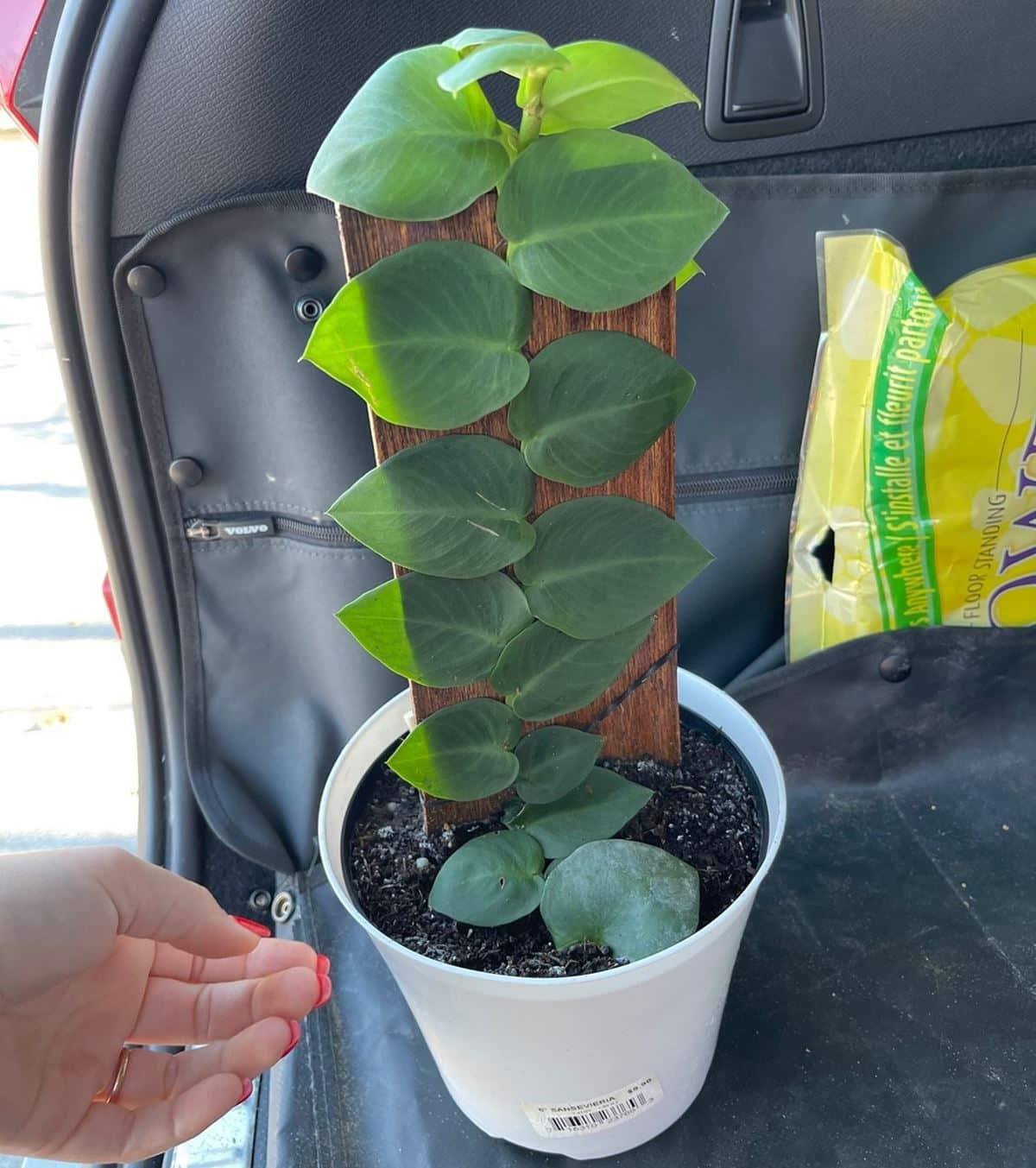
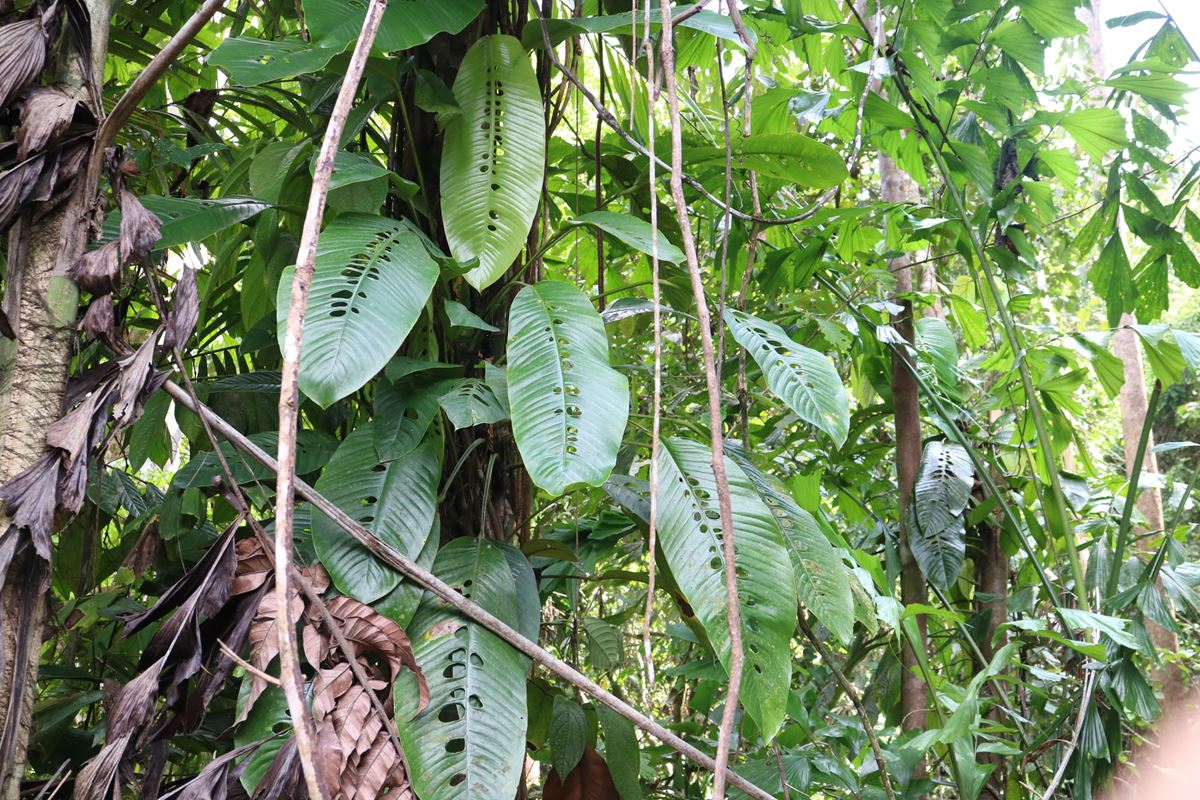
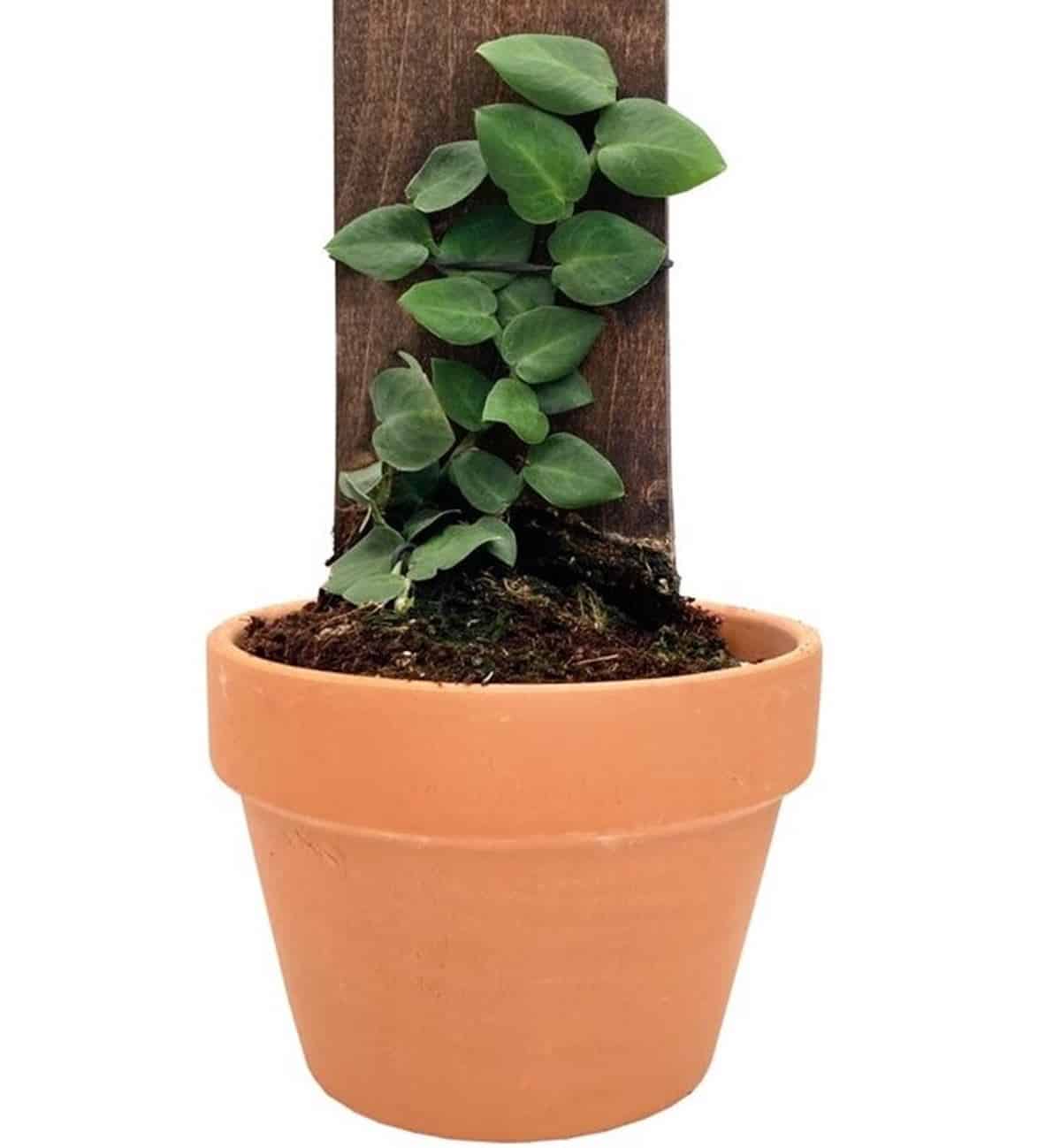
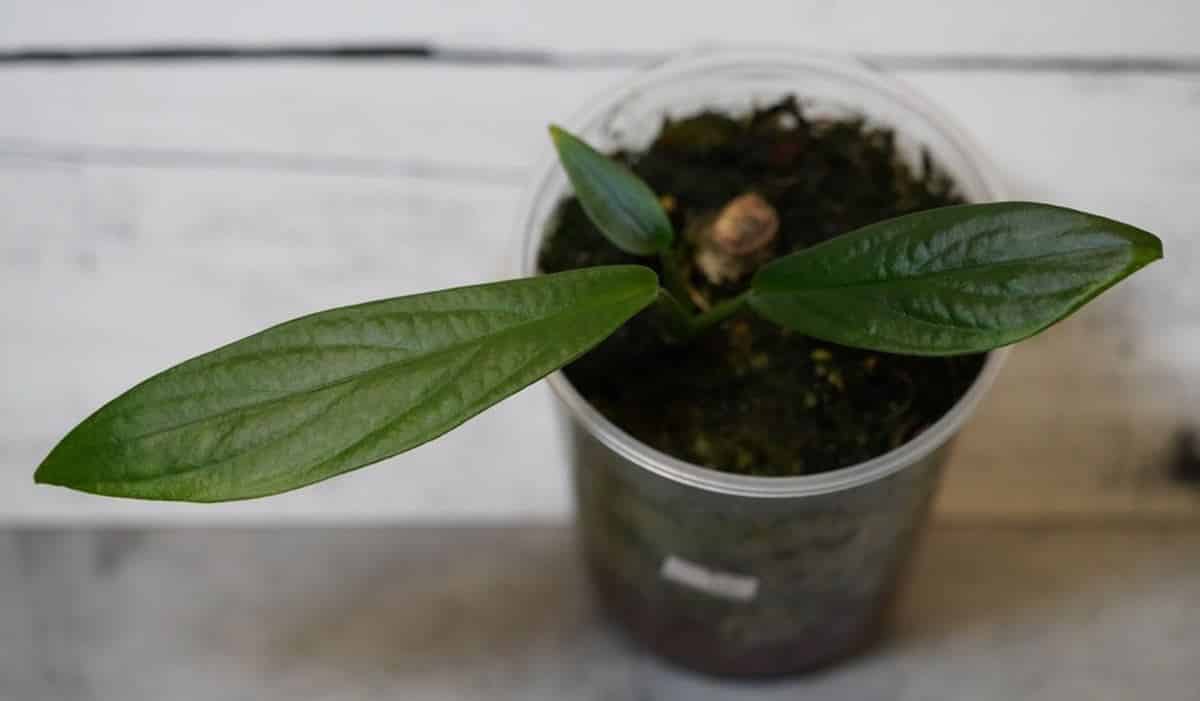
Leave a Reply